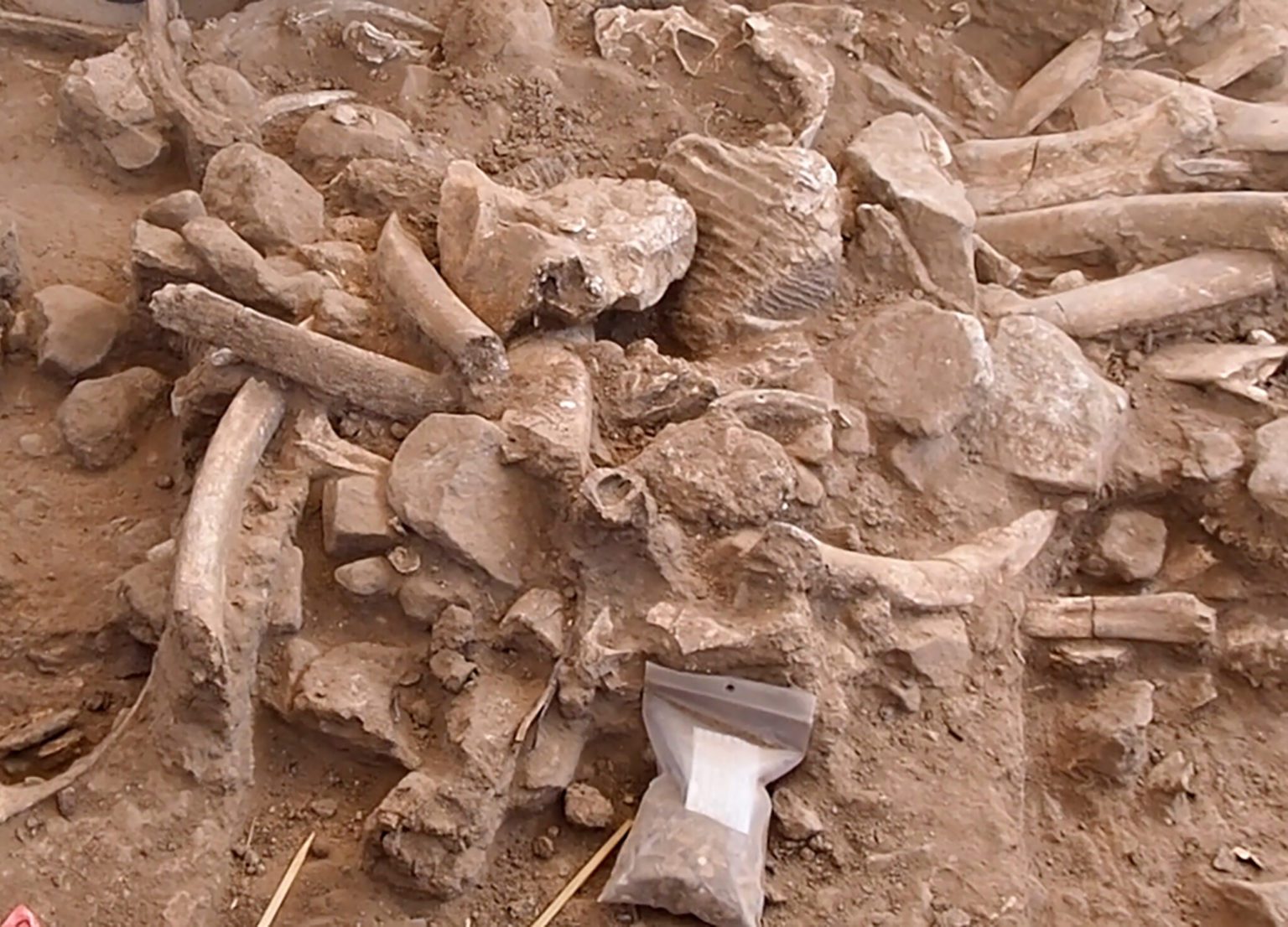A new study from paleontologists suggest humans occupied the Colorado Plateau in New Mexico along the Rio Grande more than 37,000 years ago, which is much earlier than previously thought by experts.
The site where butchered mammoth bones were discovered by hiker Gary Hartley in 2013 was a hiking and game trail in Rio Puerco Canyon northwest of Albuquerque. While out walking, Hartley found a tusk poking out of the ground, and during the initial mammoth excavation paleontologists found three ribs, a broken tooth along with a fractured skull, and an obsidian-pointed Clovis projectile just a few meters from the tusk.
The study was published in the journal Frontiers in Ecology and Evolution by Timothy Rowe, a paleontologist and professor in the University of Texas Jackson School of Geosciences. Rowe does not specialize in the field of mammoths or human remains, but he actually owns the land where Hartley found the site.
In a University of Texas press release from Aug. 1, Rowe said when he went to investigate, he found a bashed-in mammoth skull and other bones that looked deliberately broken.
Many more bones were found and excavated as researchers found fossils with blunt force trauma, suggesting people occupied the area and that the site was used for butchering animals long before the Clovis culture occupied New Mexico 16,000 years ago.
Although the press release explained it can be difficult to determine what was shaped by nature versus human hands, this uncertainty has led to much debate in the anthropological community.
Rowe said, “There really are only a couple efficient ways to skin a cat, so to speak,” and that “the butchering patterns are quite characteristic.”
Chemical analysis of sediment suggests particles came from a controlled burn and that material at the site also contained pulverized bone and the burned remains of small animals such as fish, birds, rodents and lizards.
Carbon dating analysis on collagen extracted from the mammoth bones has determined the site also comes with an age of 36,250 to 38,900 years old, making it among the oldest known sites left behind by ancient humans in North America, meaning it precedes the Clovis culture, which dates to 16,000 years ago and had been believed to be the oldest humans in North America.
Some scientists have proposed North America had at least two founding populations: the Clovis and pre-Clovis society with a different genetic lineage. This theory is based on genetic evidence from Indigenous populations in South and Central America as well as artifacts from other sites.
For more information about the study, click here.
Here is a video of the CT scan of mammoth bones found at the site.


